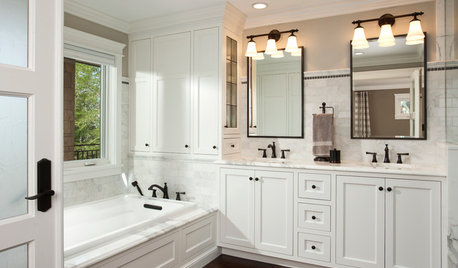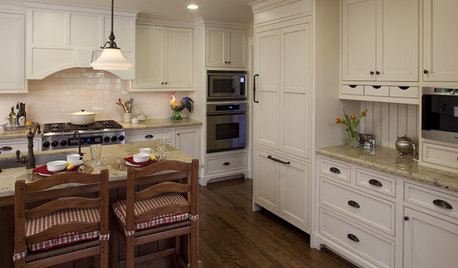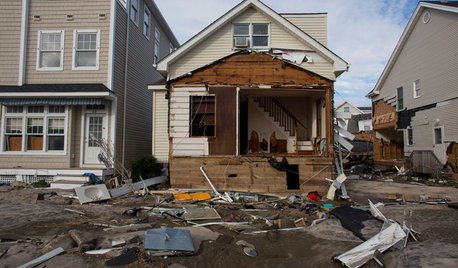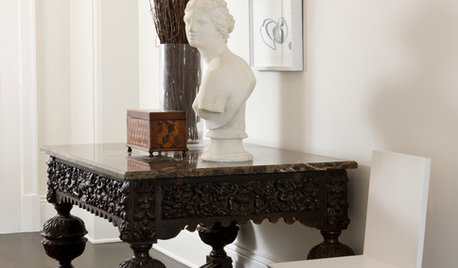Mold Counts High - can't find source
Marc Banghart
4 years ago
Featured Answer
Sort by:Oldest
Comments (7)
cat_ky
4 years agoRelated Professionals
Milpitas Solar Energy Systems · Asheville Home Automation & Home Media · Gladstone Home Automation & Home Media · Wellesley Home Automation & Home Media · Mauldin Fireplaces · Blasdell Kitchen & Bathroom Remodelers · Bremerton Kitchen & Bathroom Remodelers · Champlin Kitchen & Bathroom Remodelers · Los Alamitos Kitchen & Bathroom Remodelers · Vashon Kitchen & Bathroom Remodelers · Avon Lake General Contractors · Hermitage General Contractors · Leon Valley General Contractors · Rancho Santa Margarita General Contractors · Oak Forest Paintersalley_cat_gw_7b
4 years agoMarc Banghart
4 years agocat_ky
4 years agoDavidR
4 years agolast modified: 4 years agohomechef59
4 years ago
Related Stories

GARDENING GUIDES12 Gardening Ideas You Can Count as Resolutions
See how to set up your outdoor areas for more enjoyment next year and make them a bit more earth-friendly in the process
Full Story
APARTMENTSMy Houzz: High Style and Discount Finds Mix in a San Francisco Rental
With combined styles, an elegant palette and a stellar bay view, this hilltop apartment is a vision of loveliness
Full Story
FUN HOUZZSpot the Dog: Can You Find the Camouflaged Canines?
See if you can pick out the tucked-away pets in these home designs
Full Story
MOST POPULARHow to Get Rid of Household Mold
Find out how to work with a pro to stop mold from damaging your house and health — and how to prevent it from forming
Full Story
REMODELING GUIDESCrown Molding: Is It Right for Your Home?
See how to find the right trim for the height of your ceilings and style of your room
Full Story
ARTExpert Talk: Sculpture Helps Rooms Break the Mold
Pro designers explain how sculpture can bring interiors to a higher level of design
Full Story
STORAGEBookcases and Floating Shelves That Break the Mold
Linear horizontal shelves have their place, but you can also get creative. Here are some ideas to spark inspiration
Full Story
KITCHEN DESIGN9 Molding Types to Raise the Bar on Your Kitchen Cabinetry
Customize your kitchen cabinets the affordable way with crown, edge or other kinds of molding
Full Story
DISASTER PREP & RECOVERYHow to Combat Mold in a Flooded House
Before you rebuild or restore your water-damaged home, take these steps to keep mold at bay
Full Story
DECORATING GUIDESGet the High Style of Ebony Minus the High Price
Bring the elegance of a prized wood to your rooms with techniques that replicate the look for less
Full Story





homechef59